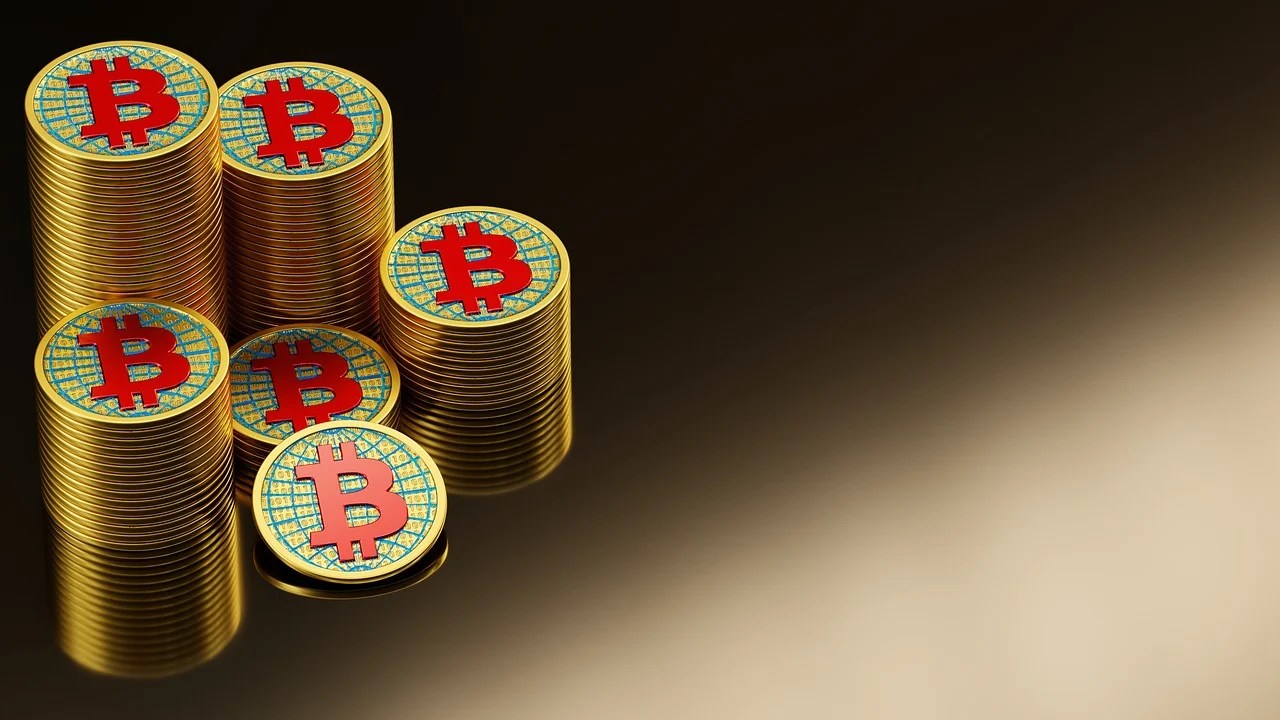Germany is a coveted market in cricket.
Supplied
With Germany in the mix to host an upcoming Summer Olympics, Severin Weiss can’t help ponder the exciting possibilities for cricket in Europe’s powerhouse nation.
“That would be handy if Germany hosts an Olympics because Germany would probably get an automatic spot in cricket as host,” chuckled Weiss, who is the Deutscher Cricket Bund president and doyen of cricket in his native Germany.
“We’ll see what happens but it would be also good for European cricket and the sport as a whole because Germany is the biggest financial market on the continent.”
Germany is becoming a fresh growth market for cricket, a British Commonwealth sport slowly unshackling from its own borders. While India’s heft has provided the heavy lifting for cricket, the sport’s top administrators know that other markets need to be unlocked.
Big financial powers are extremely coveted as underlined by the constant efforts to develop the U.S. despite never-ending internal woes. Asian powers China and Japan are amid exciting developments after dormant periods, while Brazil is also emerging as a cricket pioneer in South America.
That leaves continental Europe as relatively untapped, but hopes are high that Germany – the third largest economy in the world – can start to seriously become a force in cricket, a sport with a rich history in the country but still mired in the fringes.
Legend has it that cricket was first played in Germany in the 1850s, even before soccer. The federations of cricket and soccer once enjoyed a close relationship, but the sports eventually went in completely opposite directions.
While Germany became a global soccer powerhouse, enjoying unparalleled popularity and supremacy on home soil, cricket faded into obscurity during the war years and beyond.
Perhaps not exactly a renaissance but migrants from South Asia did fuel cricket’s return to Germany who received invaluable International Cricket Council membership in 1991, a couple of years after reunification.
However, it was the huge influx of Afghan refugees and migrants in 2015, following then Chancellor Angela Merkel’s decision to open the borders, that prompted a major rise in participation and lift in standard across Germany.
Cricket received a boon after an influx of refugees (Photo by Carsten Koall/Getty Images)
Getty Images
“Cricket has become strong in Germany since then, with most of the players coming from India, Pakistan and Afghanistan,” Weiss told me on the sidelines of the ICC’s recent annual meetings in Singapore.
Capitalizing on this boon has been the next challenge for German administrators, hoping to spread cricket to the mainstream and start bedding down the game at the grassroots level.
Like many Associate – those below the top 12 nations who receive more funds, playing opportunities and power – countries, women’s cricket looms as the growth area in Germany.
The German women’s team are ranked 34th in T20 cricket, one spot higher than their male counterparts.
“Women’s cricket is growing, it’s a flagship for us,” Weiss said. “We have a strong pool of under-19 girls taking up cricket. I think it’s fair enough to say that we are the only country behind the high performing Associates to have a dedicated girls team.”
Women’s cricket is Germany is growing.
Supplied
A common bane for Associate nations, who receive much less funding from the ICC compared to the 12 top tier Full Members, Germany has difficulty providing proper pathways and structures across a country that boasts more than 80 million people spread over 16 federal states.
“We have all the common challenges of being a big country with limited resources,” Weiss said. “It’s not only the cost, but the time and availability of the infrastructures.
“There’s an ongoing idea which we would like to pursue with our neighbors, where we could get together for age group cricket and form a cross regional league.
“That would give more performance oriented context to these kids to make up for the lack of funding.”
With proper funding and investment, there is genuine hope that cricket can spread in Germany, renowned globally not only for its economic and financial prowess but also its sporting might.
American football and 3×3, a truncated game of basketball where the German women’s team claimed gold at the Paris Olympics, have grown in popularity in recent years and proved that fringe sports can resonate in the country’s consciousness.
“In the end, it’s money that we need. That’s always the same,” said the Dortmund-based Weiss, involved in real estate in his day job and he has a couple of children, naturally, who have taken to cricket.
“We are getting more attractive and sponsors are taking notice. It’s certainly helpful that cricket is now an Olympic sport.
“With the growth we hope to achieve, hopefully one day German teams will be competing at the Olympics and T20 World Cups.”
Source: https://www.forbes.com/sites/tristanlavalette/2025/09/29/germany-looms-as-a-coveted-major-market-for-cricket-to-make-waves/



